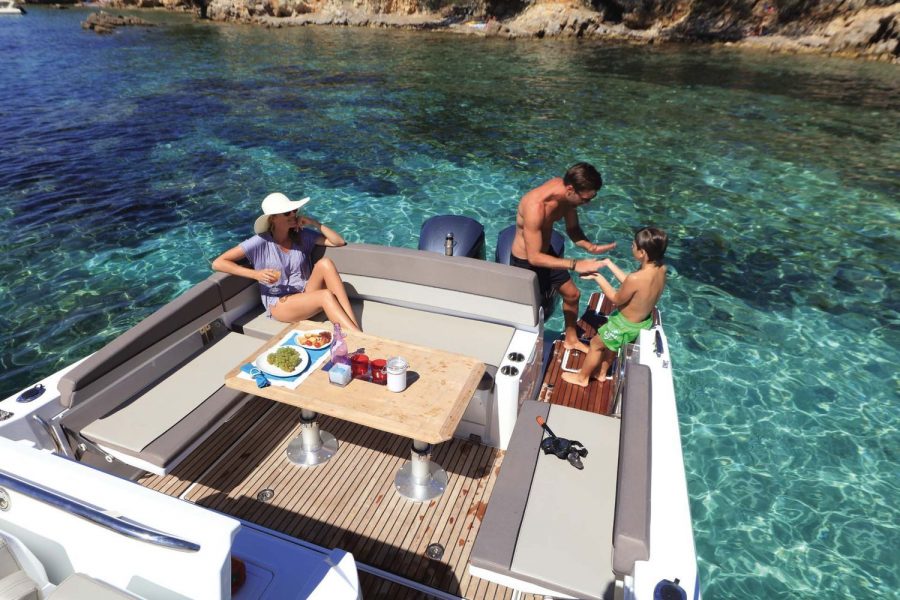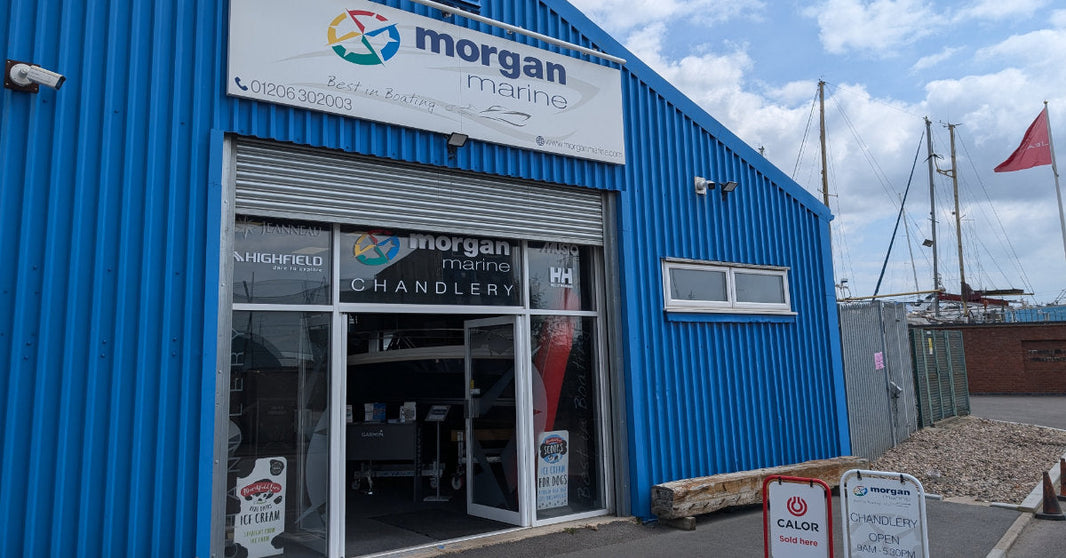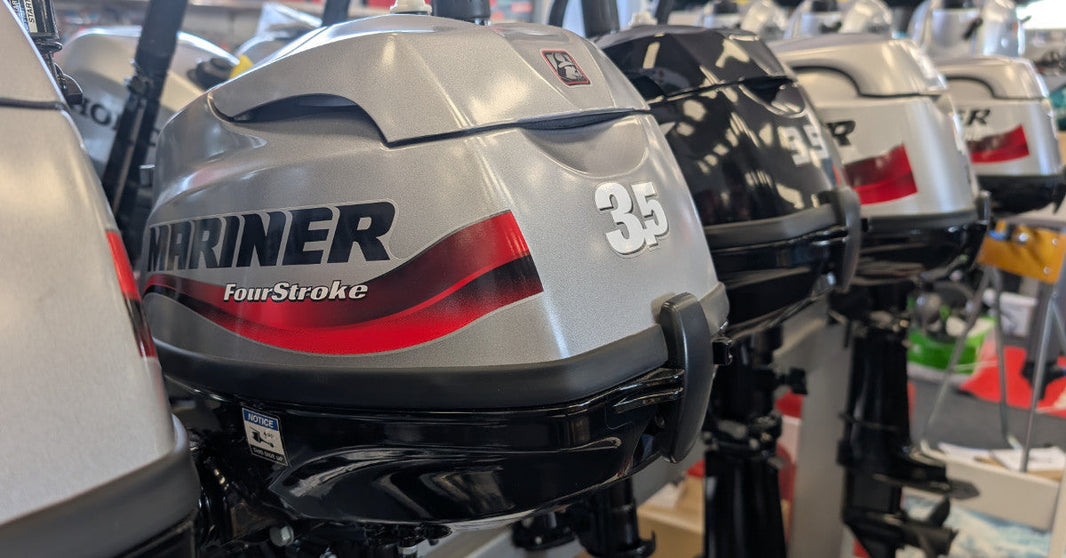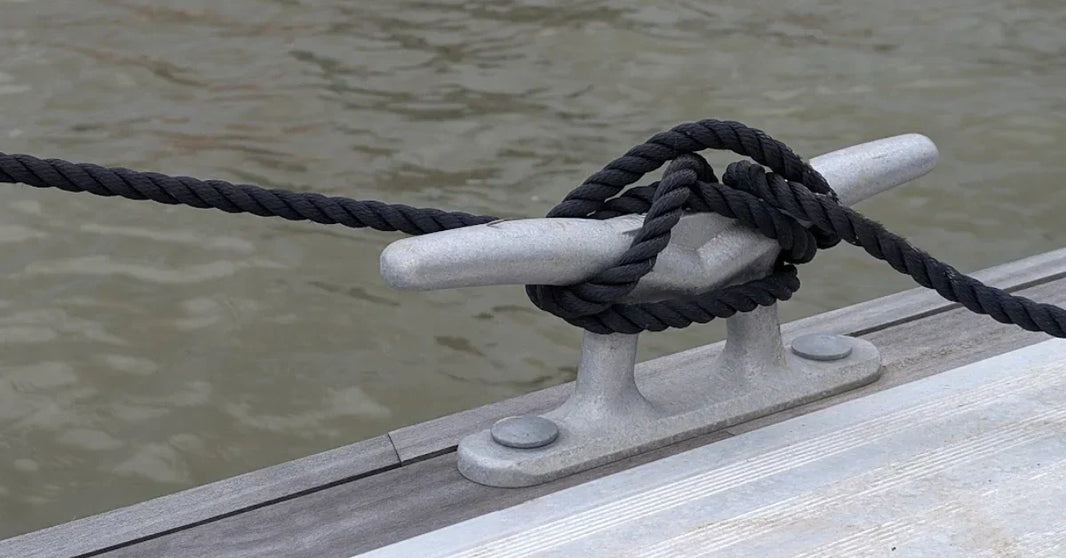From paddleboarding on sunny afternoons to powering across open water in a RIB, there’s one thing every watersports activity has in common: the need for proper Personal Protective Equipment (PPE).
Choosing the right gear isn't just about ticking a safety box - it’s about confidence, comfort, and making the most of your time on the water. In this guide, we’ll cover the essential bits of kit you should never leave shore without, how to wear them correctly, and why they matter more than you might think.
What counts as PPE in watersports?
PPE stands for Personal Protective Equipment, and in the context of watersports, it means the clothing and gear that helps keep you safe. That includes:
✔ Life Jackets and Buoyancy Aids
✔ Wetsuits and Rash Vests
✔ Aqua Shoes and Footwear
✔ Thermal and Sun Protection Layers
These aren't just for high-speed or high-risk sports - they’re for anyone who steps onto or into the water, whether you’re kayaking with kids, wild swimming, or learning to sail.

Life Jackets vs Buoyancy Aids: What’s the difference?
A common question, and a crucial one.
-
Life jackets are designed to keep an unconscious person afloat, turning them face-up automatically. They’re vital for non-swimmers and offshore use.
-
Buoyancy aids, on the other hand, are designed for competent swimmers in sheltered waters. They provide lift in the water but require the wearer to be active.
Think of a life jacket as a lifeline and a buoyancy aid as a helper. Both have their place, but they must be worn correctly and fit well to be effective.
👉 Tip: Look for CE certification, appropriate buoyancy levels (measured in Newtons), and always test fit before you buy.
How many Newtons do you need?
The buoyancy of a life jacket or buoyancy aid is measured in Newtons (N) - the higher the number, the more lift it provides in the water.
As a rough guide, 50N is suitable for competent swimmers in sheltered waters (typical of buoyancy aids), while 100N is better for non-swimmers or inland use.
For offshore or rough conditions, 150N or more is recommended. A typical adult weighing around 70–90kg should aim for at least 50N for light use, or 100–150N for open water safety. Always check the label and choose based on your activity and ability.
Do life vests provide impact protection?
Some buoyancy aids and specialist watersports vests are designed with impact protection in mind, using padded foam panels to help absorb knocks and reduce bruising during high-energy activities like wakeboarding, water skiing, or tubing. These are sometimes called impact vests or comp vests.
However, standard life jackets - especially those designed for offshore use - prioritise buoyancy and self-righting features over impact resistance. If you're involved in fast-paced sports or might fall at speed, it’s worth choosing a multi-purpose vest that offers both flotation and padded protection - like many of the models from Jobe or Helly Hansen we stock.
Always check the product description or ask in-store if you're unsure which level of protection is right for your needs.

Wetsuits and Rash Vests: More than just warmth
A well-fitted wetsuit does more than stop you from shivering. It also provides:
-
Mild impact protection
-
UV resistance
-
Abrasion protection from boards or rocks
Rash vests (or rash guards) are perfect for warmer days or under wetsuits, helping to prevent chafing and offering sun protection. Some, like the Typhoon Fintra, also feature quick-drying, breathable fabric to keep you comfortable on the move.
Aqua Shoes: Don’t underestimate your feet
From sharp stones to slippery slipways, your feet take a beating around the water. Aqua shoes or neoprene water boots offer:
-
Grip on wet surfaces
-
Protection from cuts, stings, and scrapes
-
Thermal insulation for longer dips
They’re especially important for kids, beginners, or anyone using public launch areas or rocky beaches.

Why proper PPE use matters
Wearing PPE correctly is just as important as owning it. Here are a few golden rules:
-
Zip it, clip it, adjust it - Loose straps and half-fastened buckles won’t protect you properly.
-
Choose the right size - A vest that rides up or shoes that slip off? No thanks.
-
Check for wear - Salt, sun, and sand can all take a toll on gear. Inspect it before and after use.
Having the right PPE can turn a risky situation into a manageable one. It’s not about fear, it’s about peace of mind.
Stock up with gear you can trust
At Morgan Marine Chandlery, we stock tried-and-tested PPE from trusted watersports brands including:
-
Jobe: from the sleek Youth Nylon Vest to the flexible Boston Shorty wetsuit
-
Helly Hansen: like the dependable Rider Vest
-
Crewsaver: with the Pro 50N SZ
-
Typhoon: known for comfort-led rash vests and durable aqua shoes
Whether you’re prepping for a weekend on the water or teaching the kids to paddleboard, we’ve got everything you need in-store and online. Our friendly team’s on hand to help you get the right fit, every time.
A quick local note…
If you're in Brightlingsea, keep an eye out for a special watersports PPE display at the Brightlingsea Museum. We’ve loaned a selection of kit for visitors to get up close with - including youth vests, wetsuits, aqua shoes, and more. It's a great way to see what’s available, learn about gear choices, and maybe even inspire your next water adventure.
Even if the display’s not currently running, the museum’s worth a visit - packed with fascinating maritime history and community stories.
Final thoughts
Good PPE isn’t about being overcautious. It’s about getting more enjoyment from the water - with less risk, more comfort, and full confidence. Whether you’re exploring the coast, cruising rivers, or just splashing around with family, the right gear helps make it all safer and better.
And if you need advice? We’re just a call, click, or shop trip away. Visit morganmarinechandlery.com today!






